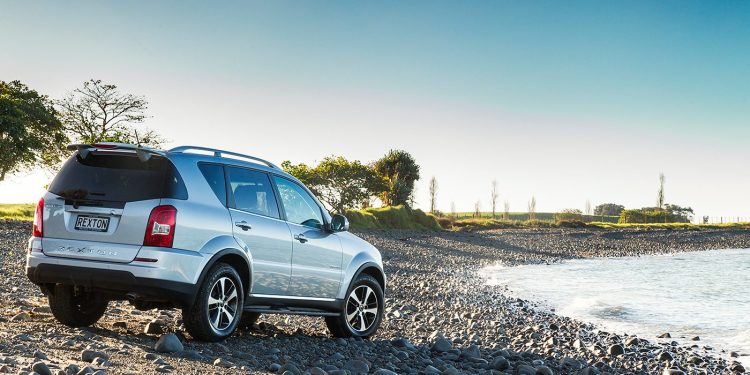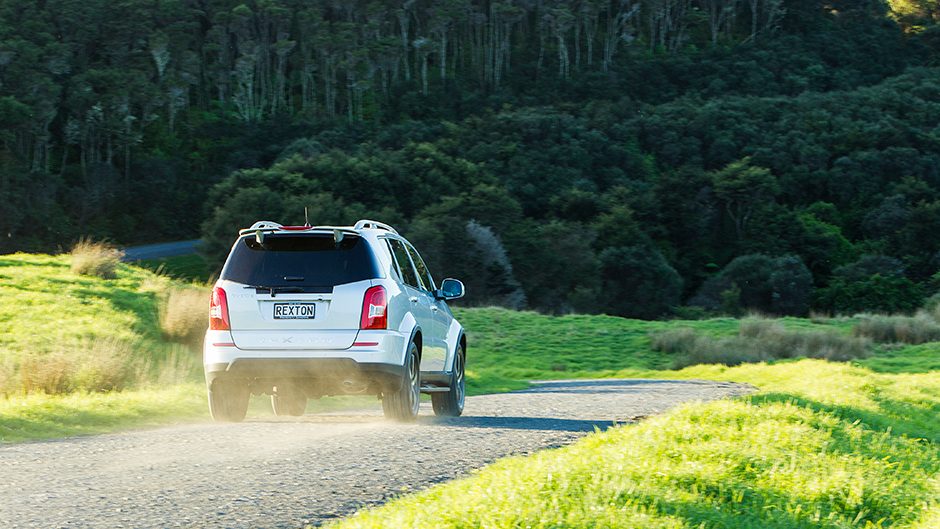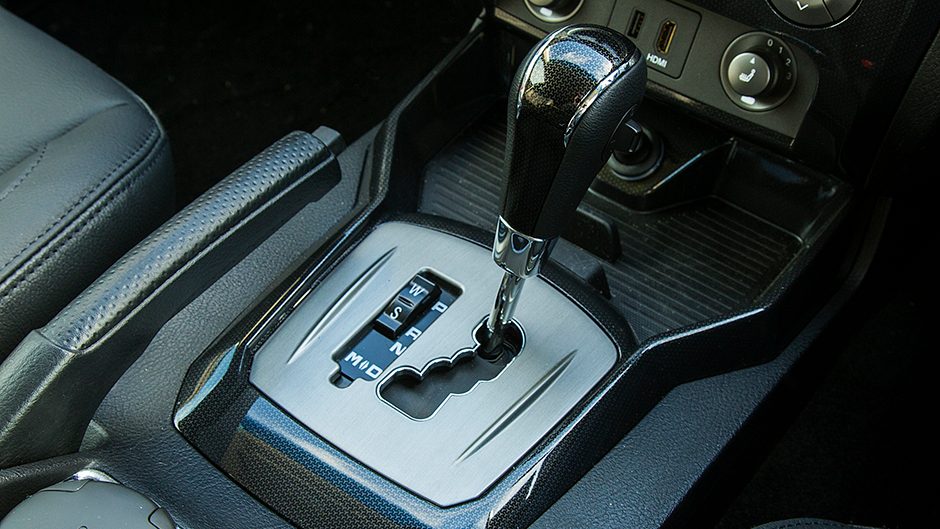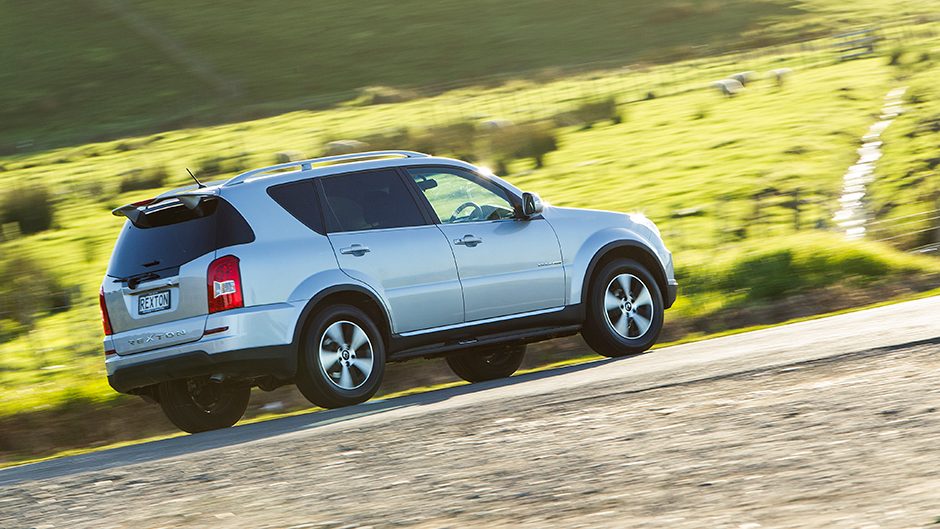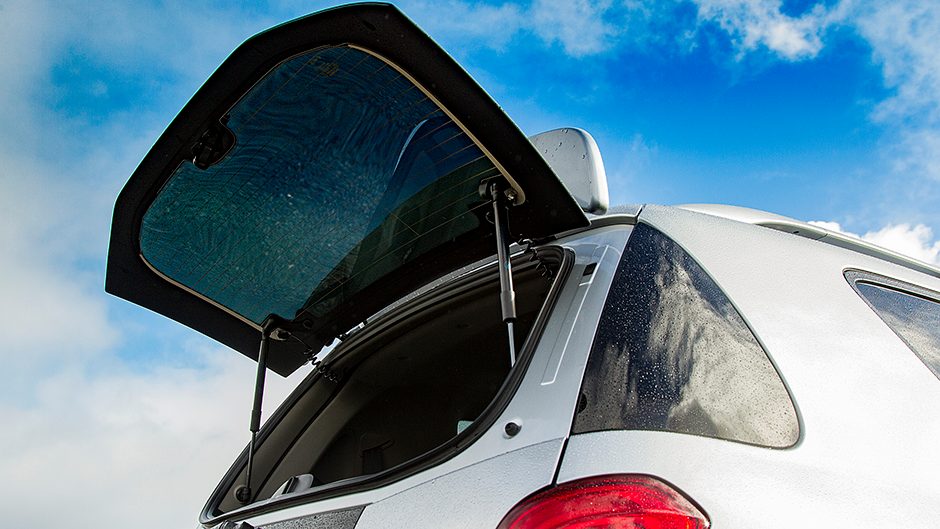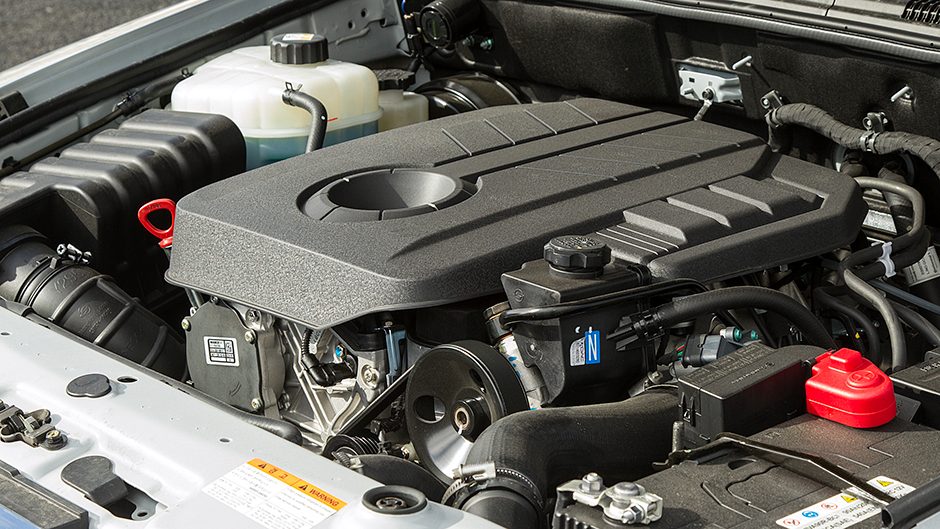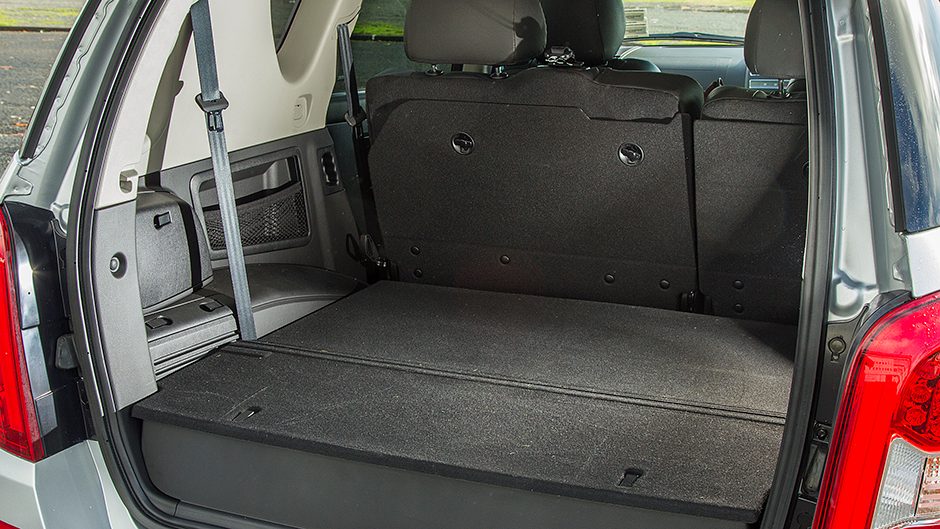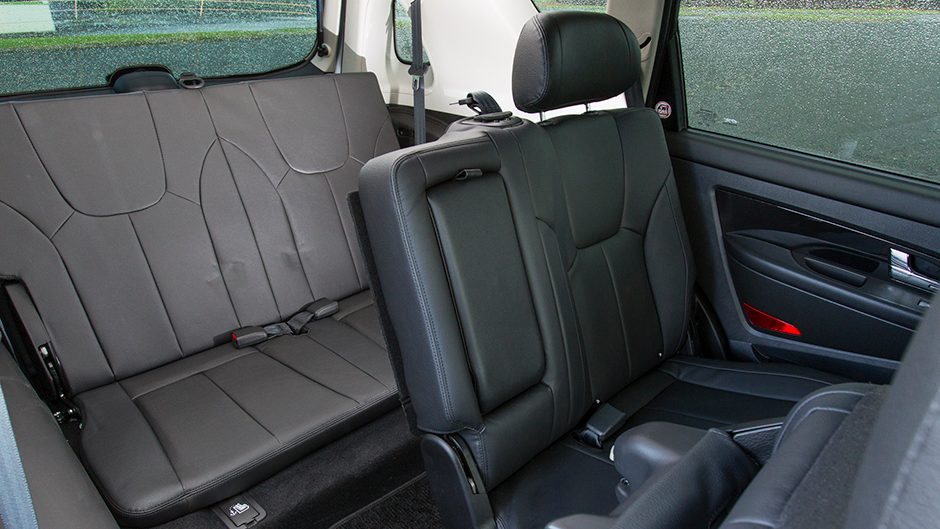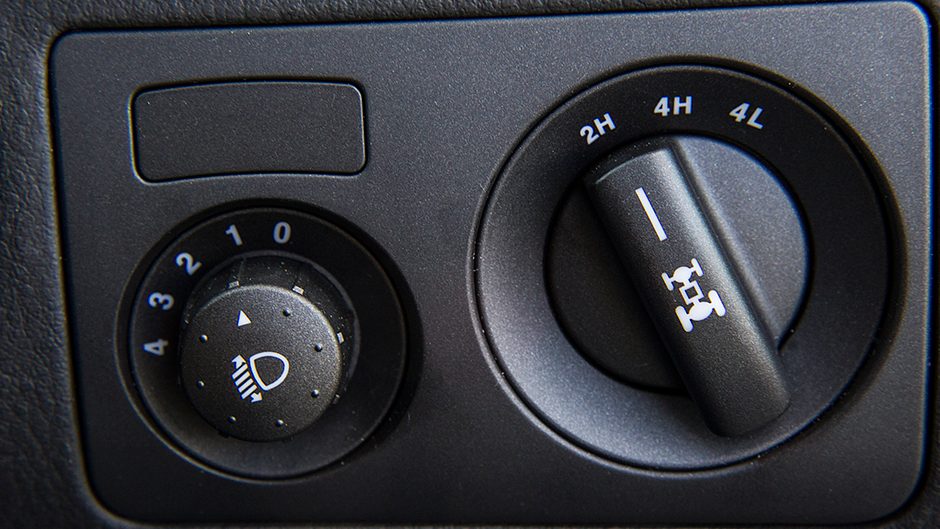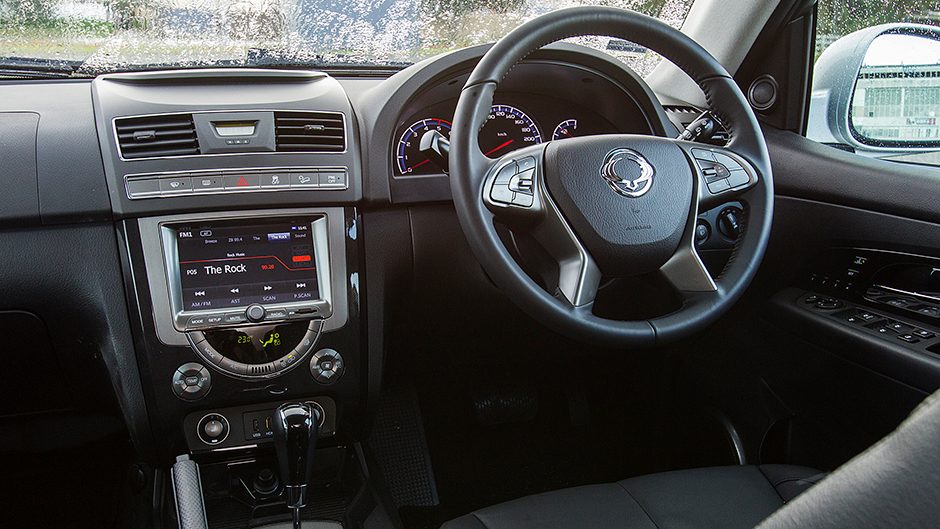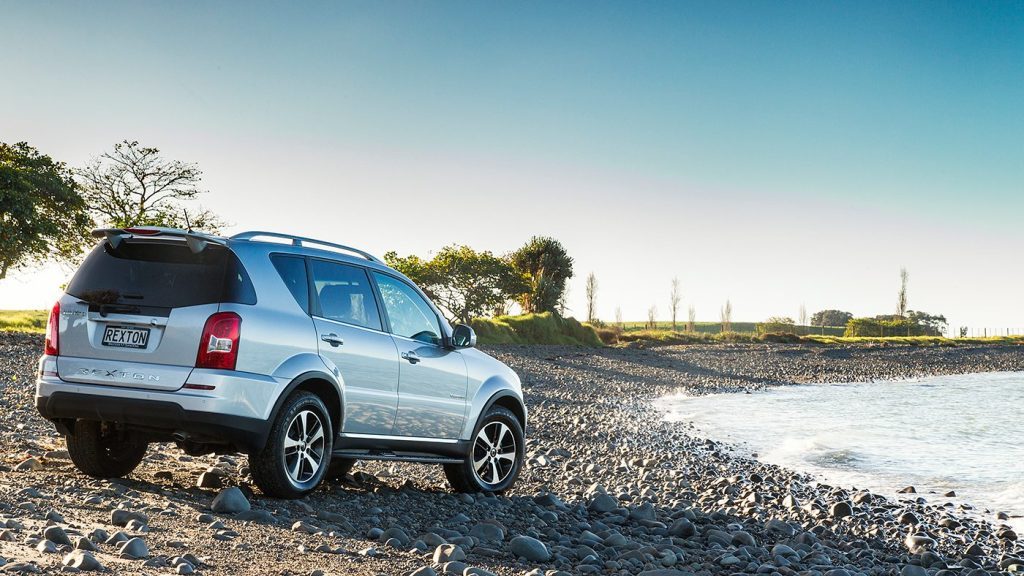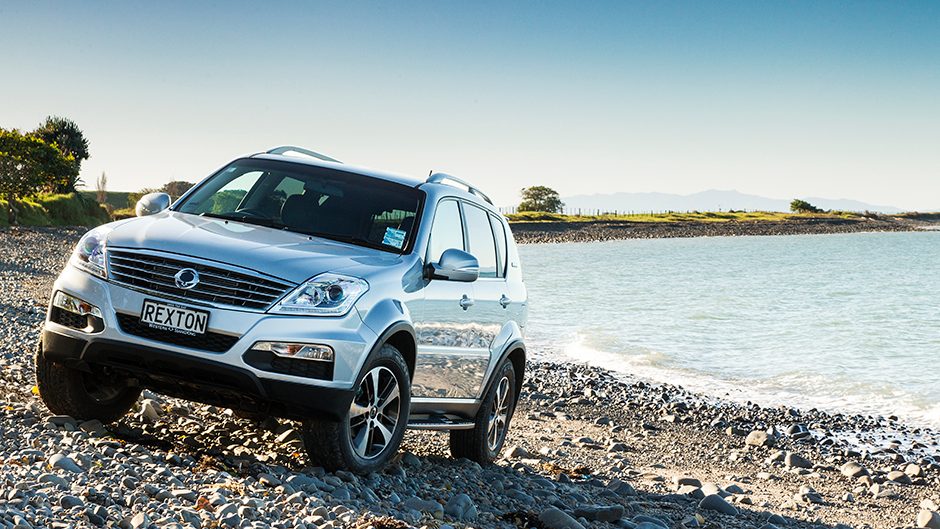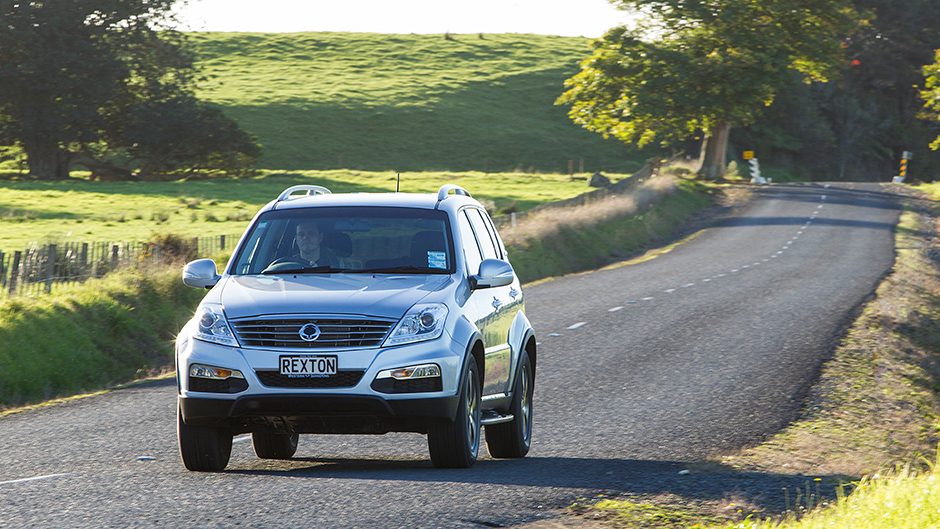2016 SsangYong Rexton Sport 2.2 review
It has been a while but we get reacquainted with the SsangYong Rexton, a former recipient of our SUV of the year award. Rex has recently been remastered with a new powertrain.
The Rexton brand, as SsangYong NZ likes to call it, had its best year in New Zealand in 2015 with 327 units sold. SsangYong NZ says Rexton has a loyal buyer group; 86 per cent of customers are repeat buyers who like the reliability and capability of the big rig. Think what you will of the looks, there’s no denying the utilitarian value. The Rexton II become Rexton W when it underwent a facelift in 2013, and the range was bolstered with the introduction of a 2.0-litre model in 2015 while earlier this year, the new 2.2 joined the ranks. In total there are now three engine choices and six variants, starting at $43,990 for the Sport 360.
It gets the 2.0-litre unit from the Korando, and comes with the option of either a six-speed manual (a rarity in the class) or a five-speed auto. The Euro5 compliant diesel outputs 114kW and 360Nm of torque from 1500-2800rpm, and is rated at 7.4L/100km for the manual and 7.8 for the auto. The 2.7-litre five-cylinder remains in service, the Euro4-rated unit good for 132kW and 402Nm at 1600-3000rpm. It powers the Sport 402 model ($47,990) and the range topping SPR ($59,990). Both of these run with a permanent variable AWD set-up, with a nominal 40/60 torque split and, mated to a five-speed auto, both models are rated at 9.4L/100km.
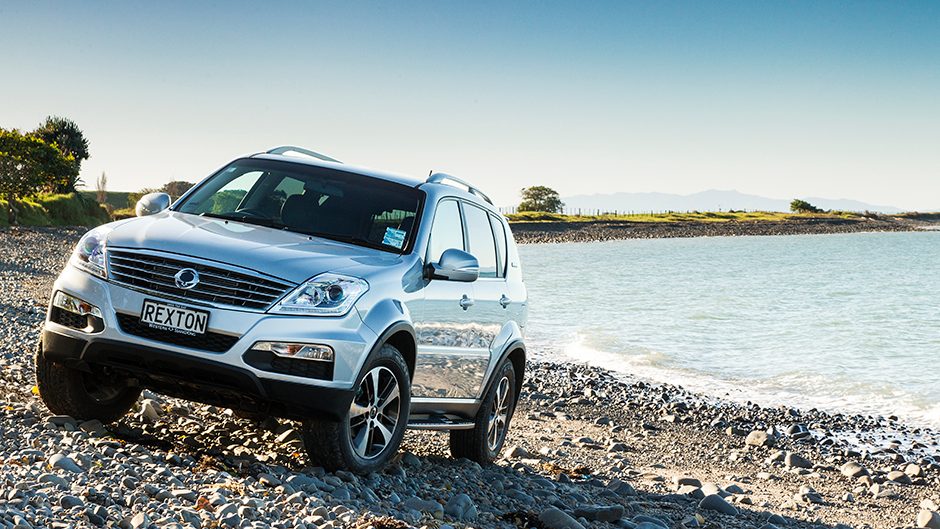
The newest addition is a four-cylinder 2.2-litre diesel powering the Sport 2.2 ($49,990) and the 2.2 SPR ($54,990). The unit is a development of the 2.0-litre engine designed to comply with Euro6 emissions standards. The single turbo engine develops 131kW and 400Nm at 1400-2800rpm, so matching the old five-potter, but it’s mated with a seven-speed auto from Mercedes-Benz, and has much improved fuel consumption over the older 2.7 engine, rated at 7.4L/100km on average, better even than the 2.0-litre auto. The 2.2 uses a part-time 4×4 driveline, switchable on the fly and with a low range setting as well.
The 2.2 is a thoroughly decent unit; SsangYong diesel tech has always impressed. This is generally quiet and gets on the case quickly, aided by a low first gear in the Merc-sourced seven-stage auto. Four-cylinder diesel SUVs are not noted for a turn of speed but that this 2.2 Rexton managed a 0-100km/h run of 10.9sec, puts it at the front of the pack. It’s quicker than the 127kW 2.8-litre Land Cruiser Prado which requires an additional 2.2 seconds to hit 100km/h, and ahead of the Ford Everest too, while on par with the Mitsubishi Pajero Sport.
Rexton still uses a body-on-frame construction with wishbones up front and a five-link, coil sprung solid rear axle, which means the ride has the usual full chassis jiggle. The steering is by hydraulically-assisted rack and pinion which is light weighted and slow geared, also typical of the breed. Despite the Rexton’s underpinnings, it’s not completely outclassed by its newer rivals on the go. Sure the front end is light on feel but the roll control is fairly stout, and the rear, while it gives a few bumps, doesn’t walk around and you’re not in any fear of roll oversteer. The grip is reassuring, and the ESP is well calibrated, being not too eager to intervene.
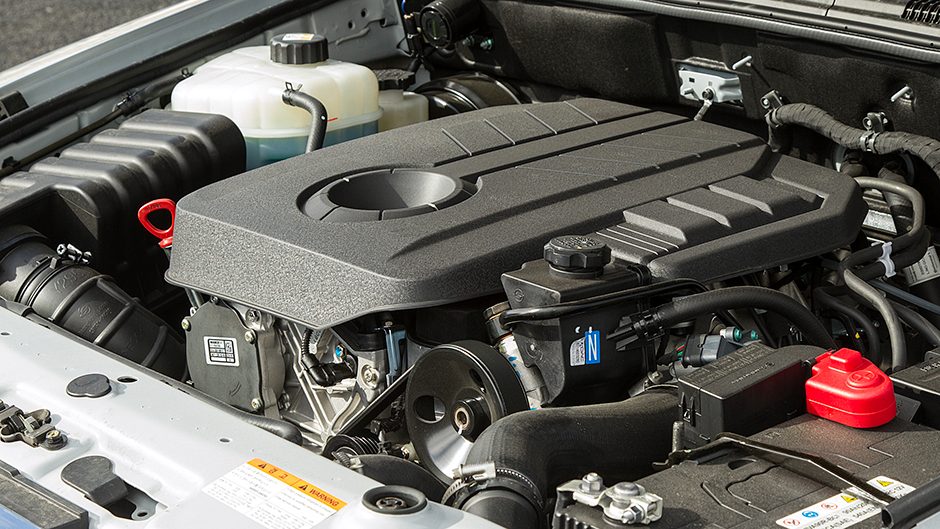
The engine gives its best from 1500rpm and revs well to 4000rpm, when it calls time. Its auto has a good response to the throttle and a decent spread of gears but can be a tad reluctant to use them unless you either give the pedal a good stamp or use the gear lever-mounted toggle switch to manually shift ratios. We prefered the former with a good early prod on the gas out of the bends which preempts the auto and you get better drive off the bend. But bruising really isn’t the forte of these rigs and at a constant 100km/h the seven-speeder slips into top gear and sets the engine at just 1200rpm for quiet, frugal cruising. Overall, the Rexton is rather refined on the ear, save for a bit of wind rustle at speed.
The 2.2 is certainly preferable to the old five-cylinder, quieter and noticeably more responsive, especially from low revs. The 2.7’s full-time variable AWD system would have been beneficial for the 2.2 given the abundant low end torque as the rears can be spun rather easily, triggering the traction control. But on the flipside, the part-time 4×4 system offers improved fuel consumption and is, as mentioned, switchable on the fly. It also adds a lo-range for hard-core tow jobs and wilderness running. On the tow front, it’s rated to 3200kg braked, plenty then for boat and general hauling.
The 2.2 at $49,990 is a great value prospect, given you’ve a job for its abilities. There’s leather seating, heated in the front two rows, while a third row in the boot adds two extra seats for people shorter in stature. Figure also on eight-way driver’s seat adjustment with memory function, and while the infotainment system lacks integrated sat nav, with HDMI smartphone mirroring you can plug your phone in and have all the same functionality right on screen. Just be sure to delete those nude selfies first. And the seven-inch display gives a good view for the backing camera. While ESP is present, the 2.2 Sport receives just two airbags, and while the SPR version gains side bags, these only cover the front seat passengers.
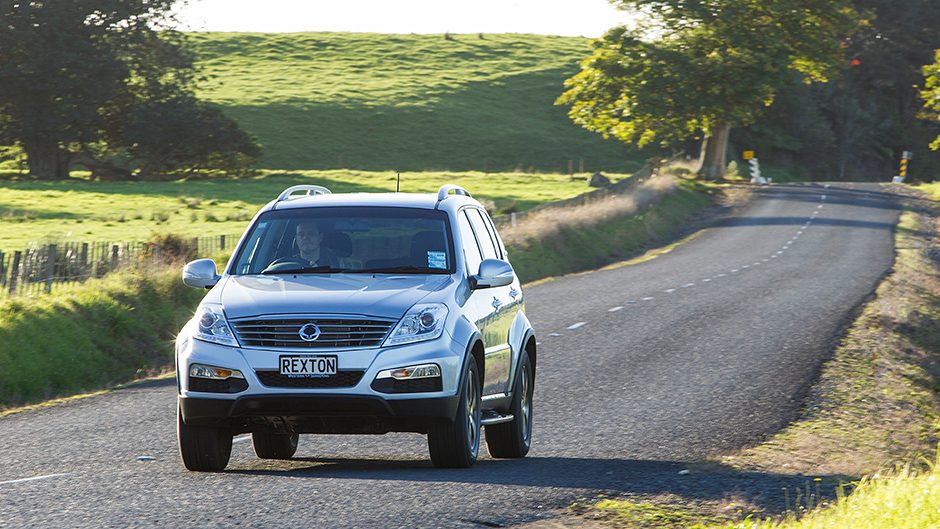
There’s a mix of soft- and hard-wearing surfaces in the cabin, which is well made if a little dark with its black-on-black decor. The seats up front are comfortable, and there’s enough space in the back too, comfort enhanced by a recline function. The rear bench is split 60/40, with a three-point seat belt in the middle position. It’s easy to fold and tumbles out of the way, providing good access to the third row and there’s even a wee grab handle moulded into the C pillar to ease the climb up and in. The rearmost seats are short on legroom so are viable more for kids. Rexton’s boot floor is set high to accommodate the third row seats but there is handy underfloor storage and the third row does lift up easily, a one hand job. You can access the boot via the rear screen too.
SsangYong has long been recognised as a value proposition at the expense of some baubles offered in its more expensive direct competitors. However, its new models like the Tivoli Limited are starting to add real substance to its cause. Rexton is great value in the scheme of proper 4×4 rigs with its versatility and now added refinement and thrust from its frugal new 2.2 powertrain.
| Model | SsangYong Rexton Sport 2.2 | Price | $49,990 |
| Engine | 2157cc, IL4, TDI, 131kW/400Nm | Drivetrain | 7-speed auto, switchable 4×4 |
| Fuel Use | 7.4L/100km | C02 Output | 194g/km |
| 0-100km/h | 10.95sec | Weight | 1995kg |


